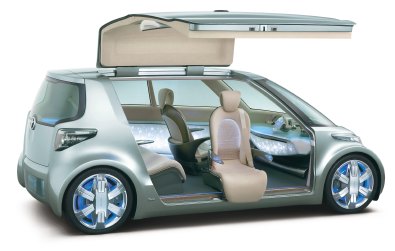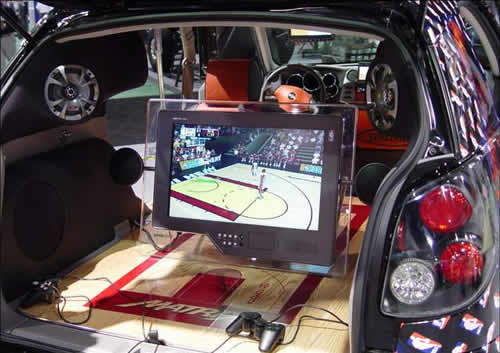 That’s what Phil Patton at the New York Times thought about the concept cars at the Detroit Auto Show. In the article I found some insight as well as some assumptions we can toss out…
That’s what Phil Patton at the New York Times thought about the concept cars at the Detroit Auto Show. In the article I found some insight as well as some assumptions we can toss out…
But this year, dark economic clouds seem to have cast a shadow even over the designers displaying their ideas at the Detroit auto show.
No question, the mood of the economy cannot be ignored in strategic design exercises. But then they go on to say…
Concept cars are expensive to build and budgets are tight.
Wrong. The way they are traditionally created are expensive design exercises: built to be actual working cars. But instead of an executive command to “only show sober, product development concepts” the executive command could have been “show cars that illustrate our strategic direction, continue to wow the audience, and spend 1/4 of what you usually spend.” Then the design staff has a meaty challenge. If the shape is the concept, they don’t need mechanical bits or even interiors, just dark windows. If the drive train is the concept, rip off the body. Concept cars are cool, but the practice of showing concept cars is now decades old and could use a little shaking up.
said Bryan Nesbitt, General Motors’ vice president for North American design. “You can no longer just throw a wild concept out there. You have to have a story.â€
A concept that lacks a context is simply confusing. For instance, in 2004 Chrysler showed the ME Four-Twelve, a midengine supercar with a V-12 engine. Though it excited horsepower-hungry showgoers, it had no place in the company’s business plan and didn’t mesh with the image that the Chrysler brand was trying to project.
There’s an excellent insight, a concept that did not follow the constraint of strategic relevance or brand perception.
Mazda has drawn attention in recent years for some of the most provocative concept cars, but it did not display any concepts at all this year. Laurens van den Acker, general manager of Mazda’s design division, said that was because the company was now busy applying to production cars the themes it had developed in design studies.
That’s like saying, “We don’t have time to be strategic, our tactics are so good.” I bet that’s just rhetoric, and not showing concepts is just a money-saving action.
The article goes on to look at how the 1933 Auto Show helped companies discover how valuable concept cars could be, a good read.
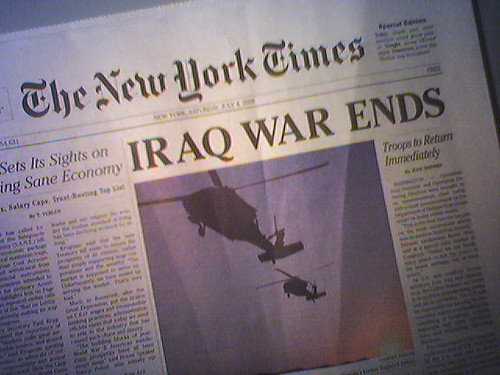
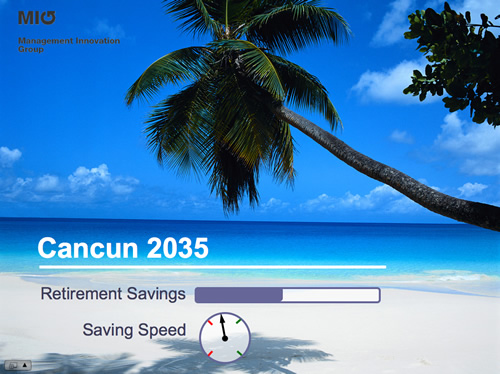
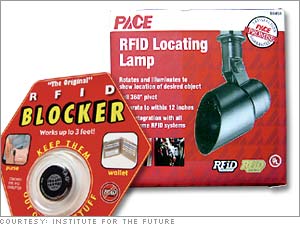 “The Institute for the Future couldn’t get clients to read its trend forecasts. So it started giving away
“The Institute for the Future couldn’t get clients to read its trend forecasts. So it started giving away 

